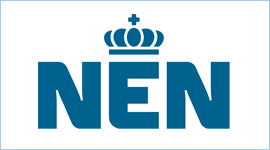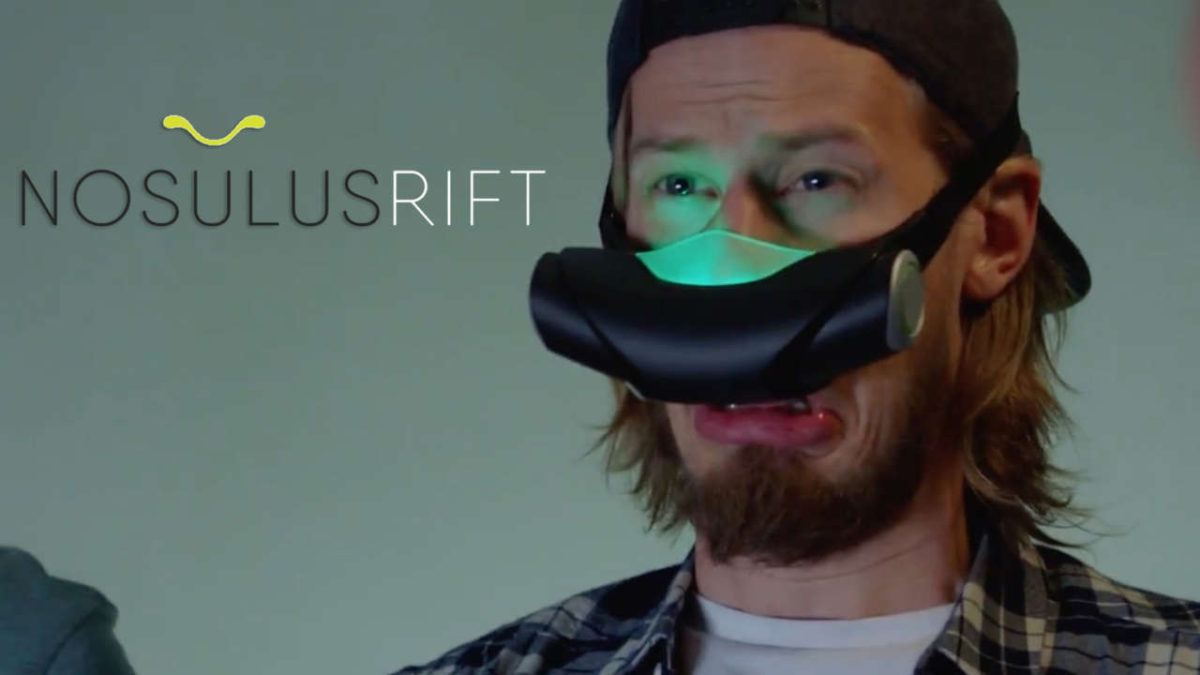Imagine yourself on a Friday night turning on your television for a new episode of your favorite show. Almost everyone has had that moment when the story develops and shows some incredible innovation that you wished you had in your own life. Everyone fantasized a bit and drifted away in the moment.
Technological innovations that were impossible at the moment of production in series is a phenomenon that has occurred on multiple occasions. The original Star Trek franchise showed spaceships with capabilities that are possible now but were just imagination at production. One could even argue that the creative minds that made up the idea could have inspired innovators in their development.
More recent examples are in the popular Netflix series Black Mirror where a society is based on likes, online platforms and that currency and status is completely based on your personal branding on such a platform. A shock went through Europe when newspapers revealed that this could be the truth and such a platform was developed in China and it wanted to organize its society based on Big Data.
In the last 2 years we were all front row spectators of an innovation process one would have expected to take multiple years: the development of Covid-19 vaccines. Whereas the fight against other diseases like HIV/aids or Alzheimer’s are still in process and have been for decades, the development of this specific vaccine got fast tracked due to determination.
If tech specialists and innovators would decide to put their shared focus on one of the proposed technologies, the development of that would be in reach. This is helpful as a solution to many problems, but also comes with a darker side. This is perfectly depicted in the trailer of the new Dutch movie “De Sterfshow”.
With the rise of technology, we also see the dark side of development and innovation in tech. Online criminals using phishing or other scams or hackers trying to access data. We are at a certain point where basic knowledge just is not enough anymore to be safe on the web. With so many new possibilities it is time for a lot of people to wake up and be aware. More than ever legislation is behind technological development and technological innovation has a free pass and can only be kept in check in hindsight. We should be aware of the benefits that Big Data brings, but also wake up to the possibilities of the downside and the slippery slope we are on. Before you know it, something we held as impossible will be released soon and available for all. Social norms could change and something that sounds terrifying could be just one decision away from reality.
https://nypost.com/2018/09/19/chinas-social-credit-system-is-a-real-life-black-mirror-nightmare/



